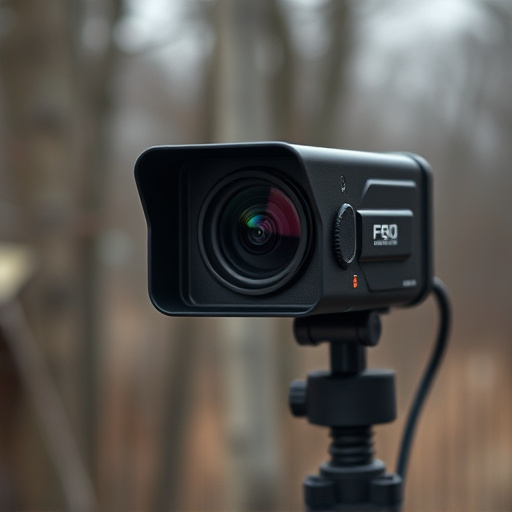Battery-powered covert nanny cameras offer discreet home surveillance but face legal and ethical challenges. Placement in everyday objects raises privacy concerns, requiring thorough property sweeps to detect hidden cameras. Transparency, adherence to laws, and vigilance are crucial for balancing security and privacy when using these devices.
“Enhance your home security with our comprehensive guide to surveillance device sweeps. In today’s digital age, understanding the landscape of hidden cameras is crucial for every homeowner. We explore discreet strategies for battery-powered cameras, delving into legal and ethical considerations surrounding covert nanny cameras. Learn how to identify potential hidden devices and navigate this complex yet vital aspect of residential property security.”
- Battery Powered Cameras: Discreet Placement Strategies
- Covert Nanny Cameras: Legal and Ethical Considerations
- Residential Property Sweep: Identifying Hidden Devices
Battery Powered Cameras: Discreet Placement Strategies
Battery-powered covert nanny cameras offer a discreet and flexible surveillance solution for residential properties. When strategically placed, these small yet powerful devices can provide continuous monitoring without drawing attention. One effective strategy is to hide them in everyday household objects like plants or decorative pieces, blending seamlessly into the environment. Alternatively, mounting them on ceilings or walls, disguised as light fixtures or switches, can go unnoticed while capturing clear footage.
For optimal results, consider areas that require privacy and potential entry points. Kitchens, hallways, and bedrooms are common spots, ensuring comprehensive coverage without intruding on personal spaces. Regularly testing the battery life and ensuring easy access for monitoring and data transfer is essential to maintaining an effective surveillance system.
Covert Nanny Cameras: Legal and Ethical Considerations
Covert nanny cameras, often battery-powered, raise a complex web of legal and ethical considerations for homeowners looking to enhance home security or monitor caregiving. While they offer discrete surveillance capabilities, their installation and use must adhere to stringent privacy laws that vary across jurisdictions. Unethical deployment of such devices can lead to severe legal repercussions and damage relationships, underscoring the importance of informed consent from all involved parties.
Homeowners considering battery-powered covert nanny cameras should understand not only the technical aspects but also the social implications. Transparency is key; open communication with caregivers or employees about the presence of surveillance equipment fosters trust and ensures everyone understands their rights and expectations. Striking a balance between security and privacy requires careful consideration to navigate legal complexities and maintain ethical standards.
Residential Property Sweep: Identifying Hidden Devices
When conducting a surveillance device sweep of a residential property, one of the most insidious components to uncover are battery-powered covert nanny cameras. These tiny yet potent devices can be easily hidden in everyday objects like plants, smoke detectors, or even children’s toys, making them difficult to detect without thorough inspection. Their remote nature allows for constant monitoring, posing significant privacy risks for homeowners.
During the sweep, it’s crucial to examine every nook and cranny with a keen eye. Look beyond the obvious locations and consider where these tiny cameras might blend in seamlessly. Check for any unusual electrical connections or devices that seem out of place. Battery-powered covert nanny cameras often leave telltale signs, such as battery compartments that aren’t meant to be easily accessible or power cords hidden behind furniture. Staying vigilant and employing specialized equipment can significantly enhance the chances of identifying these hidden surveillance devices.
When conducting a surveillance device sweep of residential properties, it’s crucial to be aware of both legal boundaries and effective placement strategies. While battery-powered cameras offer discreetness, their covert use with nanny cameras necessitates careful consideration of privacy rights. By understanding the landscape of legalities and employing strategic placement techniques, you can ensure comprehensive coverage while respecting personal boundaries.
